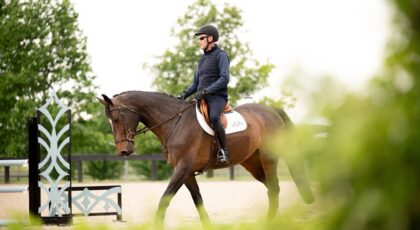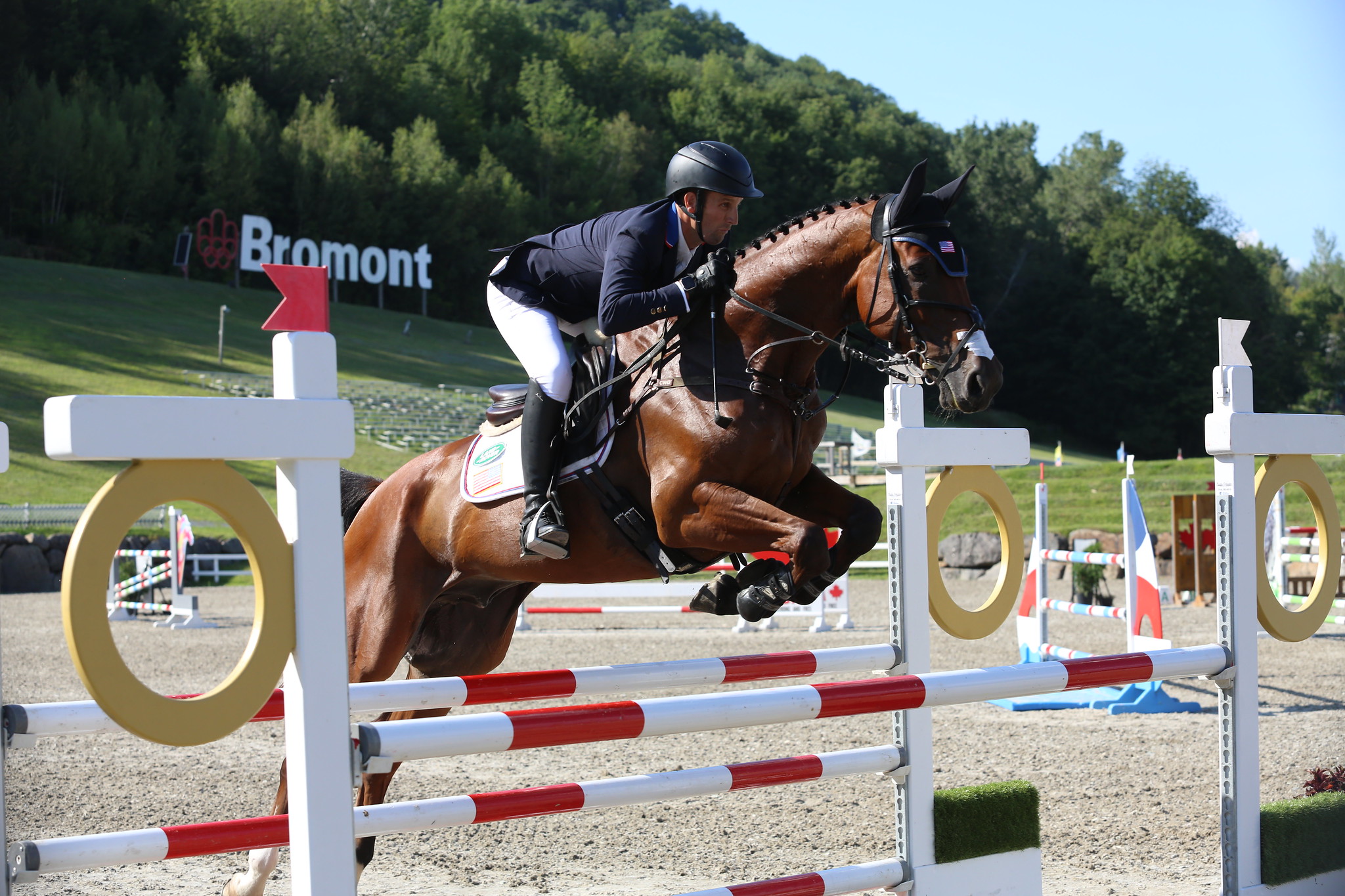Feelings of fear and apprehension can be thought of like an “alarm” going off. This alarm is the flight or fight response, a natural change in your body that happens as a result of feeling threatened either physically or psychologically. A rider at some point in their career usually knows physical fear.
Of course, the challenge is that fear can result in a big change in your ride, which signals to your horse “look out, something is up!” You can minimize the communication of your fear to your teammate by taking a few steps:
Feel the fear
Never ever deny how you feel. Too many riders try to deny their feelings, act tough and white knuckle their way through things. It really doesn’t work. Accept what your body is trying to tell you, and know you will have some control over how you interpret and ultimately deal with the message you are being given. You can’t be anywhere in this moment other than “where you are.” Accepting this is a vital first step to change.
Assess the fear
Now, what is it that you are afraid of exactly? Is it getting bucked off? Getting run away with? If you have had a bad accident, then you need to try to understand how and why it happened. Some accidents do have reasons: my horse was too fresh, I was over faced, I took that turn way too tight. Simply understanding the elements will make you feel better. The “known” has a nice way of calming us all down.
Make a list of resources
What do you have that will help you deal with the risk involved and shrink it? Some examples are a coach, years of riding experience, how to do an emergency dismount, etc. There are always tools you can use, and others you can develop. If you are about to learn something new, make sure you link your current skills and resources to your new task. Even if you have never jumped a ditch in your life, chances are you have the necessary ability to tackle the task.
Organize your inside voice
Be ready with some replacement thoughts. These are thoughts that you identify as productive and helpful and can be used to keep your mind on the task at hand. Two examples of planned self-talk are “task talk” and “cool talk.”
Task talk connects you to how you need to ride: “rhythmic pace” or “sit tall and square.” Choosing and planning specific cue words can help keep your mind anchored firmly in the here and now. One thing fear does really well is take you out of the moment. It either sucks you back into the past to re-experience a scary experience or catapults you into the future and the world of “what if?”
Cool talk brings perspective and reassurance to your ride. Consider a mantra like “you’ve got this” or “it’s in the vault” (as in, you’ve trained for it, it’s in there). Have fun with planning and creating your self-talk. You’ll be surprised how much this can help shrink fear.
 About the Author
About the Author
April Clay is a rider and sports psychologist in Calgary, Alberta. Want to learn more about managing your fear? Check out the Riding Through Fear Online Course and the Confidence Factor at www.outofyourmindcourses.com.


 June 27, 2016
June 27, 2016 
























